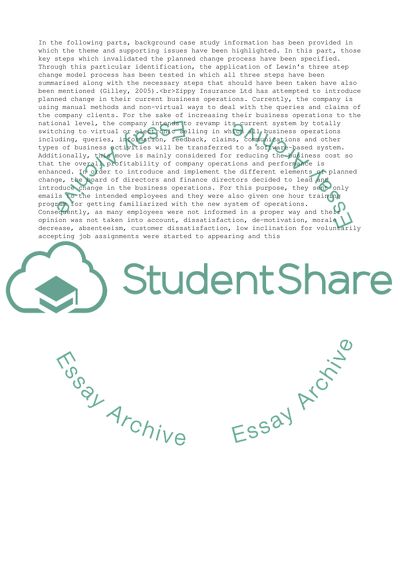Cite this document
(Management of change Assignment Example | Topics and Well Written Essays - 2000 words, n.d.)
Management of change Assignment Example | Topics and Well Written Essays - 2000 words. https://studentshare.org/management/1847244-management-of-change
Management of change Assignment Example | Topics and Well Written Essays - 2000 words. https://studentshare.org/management/1847244-management-of-change
(Management of Change Assignment Example | Topics and Well Written Essays - 2000 Words)
Management of Change Assignment Example | Topics and Well Written Essays - 2000 Words. https://studentshare.org/management/1847244-management-of-change.
Management of Change Assignment Example | Topics and Well Written Essays - 2000 Words. https://studentshare.org/management/1847244-management-of-change.
“Management of Change Assignment Example | Topics and Well Written Essays - 2000 Words”. https://studentshare.org/management/1847244-management-of-change.


